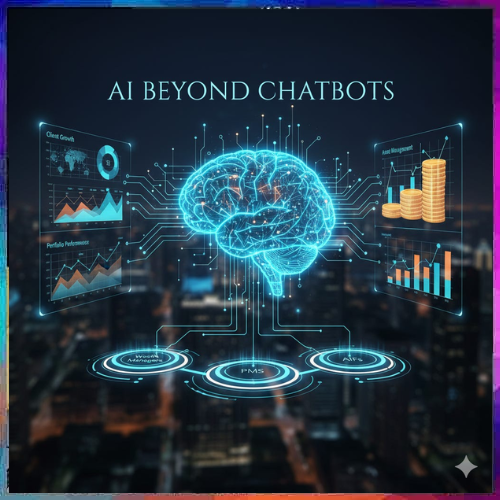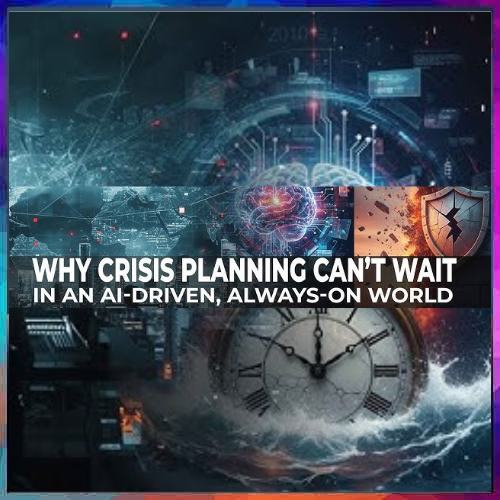
S Mohini Ratna
Editor
VARINDIA
When you think about major cloud hyperscales, prominent internet brands like Amazon, Microsoft, Google and IBM tend to come into our mind. But is this a closed club or is there room for more? Now Alibaba Group is globally scaling its cloud and digital services platforms to earn its seat. The company that started out as a B2B portal now touches almost every aspect of the internet and e-commerce sectors.
In the recently-held VARINDIA Infotech Forum, majority of the CIOs talked about increasing digitization, where every part of our society and economy is being fundamentally transformed because of digital technology they want to use to develop stronger customer relationships and reshape the sales approach, with executives spending maximum hours in front of a screen than in the field. Sales engagement on digital channels – like email, chat, messaging, video conferencing and voice-over-IP – is boosting sales productivity. The digitization efforts by the government will continue to have a positive impact on the networking market too. The various private and government players are contributing towards increasing the digital footprint.
Technological change is the overall process of innovation and the technology shift happens with the need of automated IT systems that can solve problems without requiring human assistance by using machine learning algorithms. The answer could be cognitive computing. It is the simulation of human thought processes in a computerized model and it involves self-learning systems that use data mining, pattern recognition and natural language processing to mimic the way the human brain works.
As India increases its investment in technology, the country’s data center and network infrastructure will undergo a massive transformation. With this, the digital journey is marching ahead with the introduction of GST. It is not just tax reform, but it is economic reform. GST is a way forward in the ease of doing business. Now the opportunity is to empower SMEs.
The government hopes there will be a jump of 14 per cent in revenue growth under the new levy as more taxpayers come into the fold of the formal economy and move on to digital modes of payment. It will bring about an unprecedented transparency and create data for almost every monetary transaction in the economy. The government hopes, and this, in turn, will help expand the tax base and secondly, the incentive for cash transactions would reduce. Now they will be able to take credit for the taxes paid and evasion of taxes will be difficult as transactions have to be reported on the GSTN portal. So the level of compliance will increase. At the same time, concern about the new reporting requirements could also mean chaos in the nation where about one-fourth of the population can’t read or write and many offices do not have the technology needed to file digital returns. It will bring an opportunity for various IT vendors.
Lastly, GST is expected to make India richer, but the transition is going to be time-consuming. So till then let us wait and watch.
See What’s Next in Tech With the Fast Forward Newsletter
Tweets From @varindiamag
Nothing to see here - yet
When they Tweet, their Tweets will show up here.





























